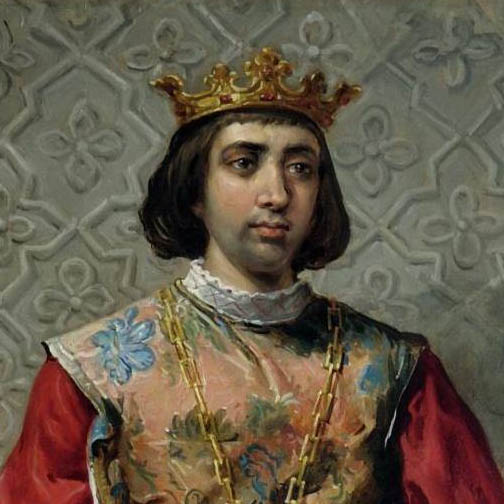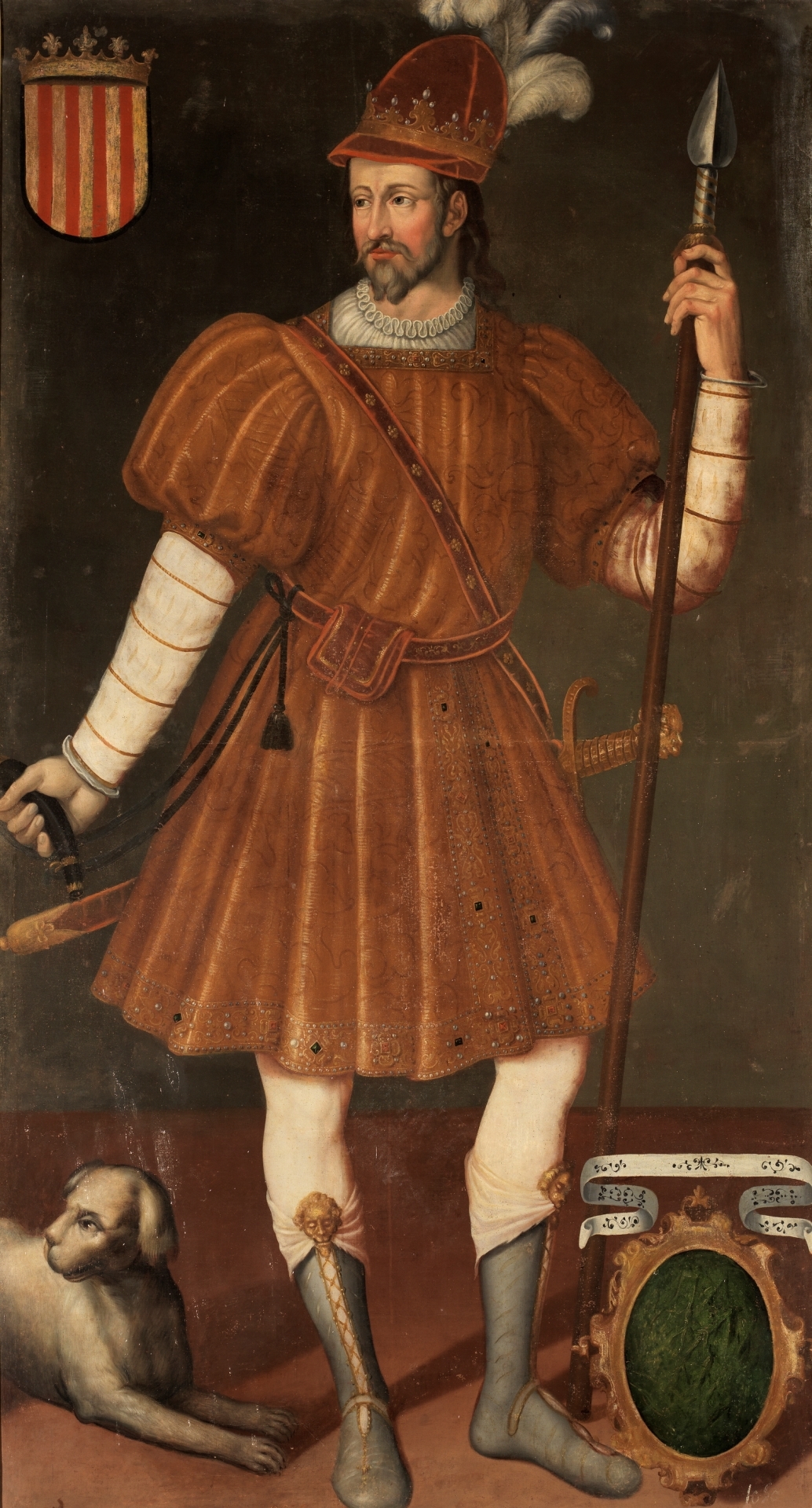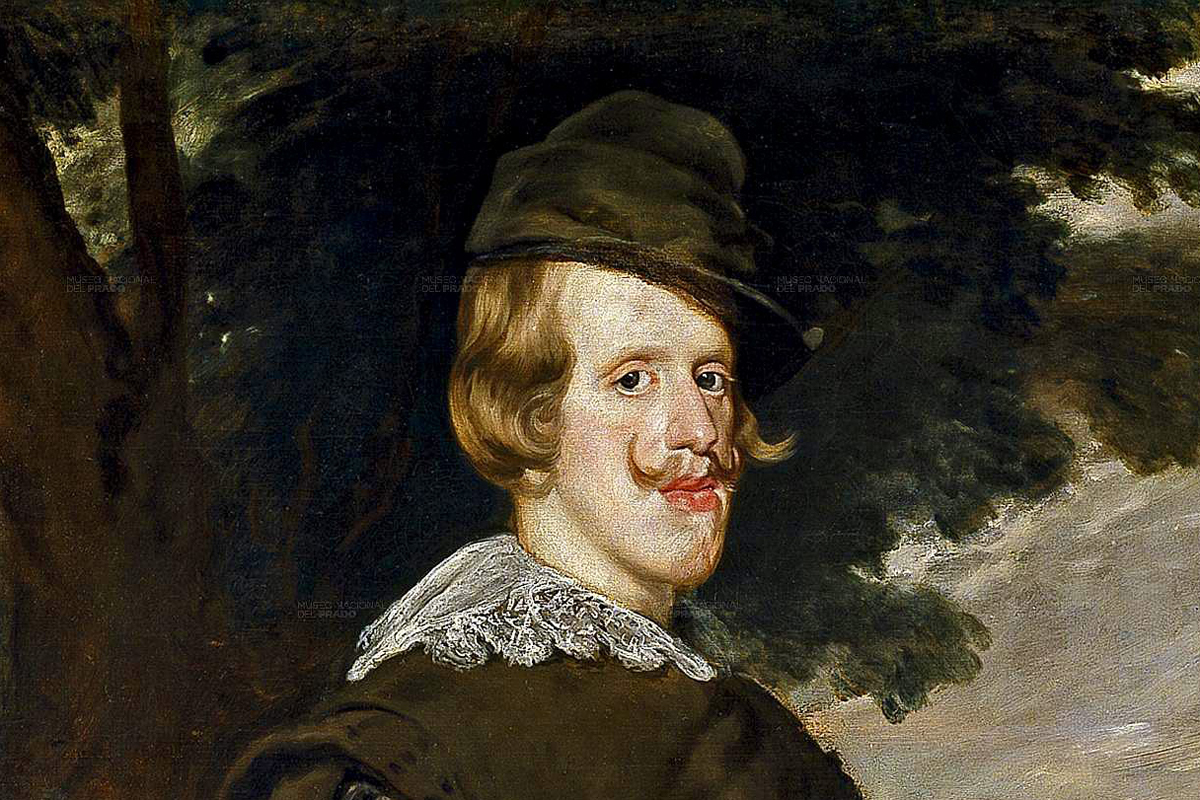Probably all the kings of Spain would like to have gone down in history with a nickname like the Great. Such is the case, for example, of John II of Aragon. But only a few have had that fortune, as most have had to enter the books with not-so-laudatory nicknames.
This is the case of Carlos II, king between 1665 and 1700, who was called the Bewitched (Hechizado) because it was believed that his endless physical and intellectual defects were due to the fact that he had been a victim of witchcraft.
They found no other explanation for his head being covered with crusts due to rickets, for his epileptic seizures and for being mentally retarded.
At that time it was not taken into account that all this could be due to the consanguinity of his parents (Philip IV and Mariana of Austria were uncle and niece). Later theories have added that he suffered from hydrocephalus, that is, an excess of cerebrospinal fluid in the head.
Here are a few more:

The Impotent - El Impotente
It was Enrique IV the Impotent, who reigned between 1454 and 1474, and was unable to father children with his first wife, Blanca de Navarra. With her second, Juana de Portugal, it took her 7 years and Juana ended up being born, but gossip said that she, in fact, was the daughter of her best friend Beltrán de la Cueva and that is why they nicknamed her Juana la Beltraneja.
.jpeg)
The Sufferer - El Doliente
Henry III, king between 1390 and 1406, was known as the Sufferer because of his precarious health. It is believed that from the age of 17 he began to suffer from some type of disease, probably neurological, which produced increasingly frequent clinical episodes and great physical deterioration.
So fragile was his health that he died at the age of 27. Testimonies of the time underline his thinness and weakness, his bad colour and his melancholy character. There are those who claim that he had tuberculosis and died from this disease, but this thesis is weak because it does not take into account other factors such as the changes in his face and the difficulties with language described by the historian of the time Hernán Pérez de Guzman.

The Careless - El Descuidado
Juan I of Aragón was called the Hunter, although others were less ironic and called him the Careless because he did not enjoy government tasks. Apparently, the monarch devoted much of his time to his personal hobbies, particularly hunting, although he also enjoyed astrology, letters and the arts.
Due to this dedication to his hobbies, the finances and public affairs of the Court were left in the hands of his wife, Violante de Bar.
The Summoned - El Emplazado

Ferdinand IV of Castile, king between 1295 and 1312, was called the Summoned because two knights, the Carvajal brothers, whom he ordered executed, summoned the monarch to death for what they saw as an irreparable injustice.
Those accused of murder claimed his innocence, but the king ordered them thrown off the cliff. Faced with this sentence, the Carvajal brothers summoned the king before the Court of God 30 days after his execution, implying that he would receive what he deserved. And the truth is that it was so because Fernando IV died at that time after going to sleep.
It should be explained that the monarch had a reputation for eating and drinking excessively, although no one suspected that his death was close to him. In popular tradition, the figurative presence of the Carvajales came to life at the moment of death and there are canvases that represent the brothers as ghosts. The theme became very famous in the literature of the time and Bretón de los Herreros premiered a drama entitled Los Carvajales in 1837.
The Astounded - EL Pasmado

Felipe IV, king between 1621 and 1665, was called the Astounded by the appearance of his face and Torrente Ballester published a novel with the same title. Imanol Uribe also directed a film following this novel starring Gabino Diego.
But Felipe IV received more nicknames, among them 'the Planet King' due to the breadth of his world domains. Interestingly, his territories were as huge as his travels were small because Philip IV never left Spain.